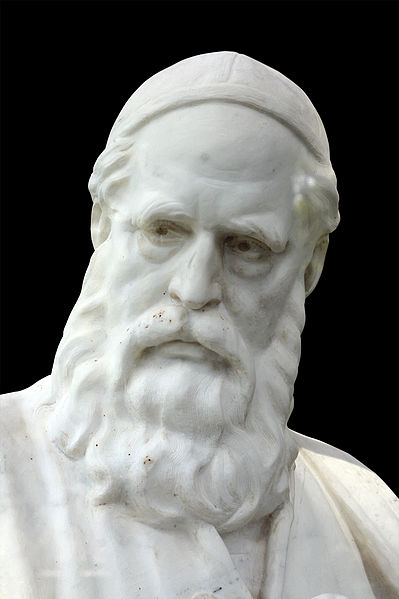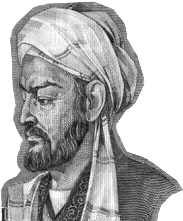Early Middle Eastern Physics
Home
Omar Khayyam
858-929AD - A Persian physicist, he calculated the length of a solar year within a fraction of a second of the accepted modern value, and was among the first to use his observations to theorize that the earth turned on an axis. He also developed the studies of trigonometry, especially in relation to Earth, and was the first to state that Tan = Sin/Cos. Many of his discoveries came about while attempting to find a mathematical way to orient himself toward Mecca at any location.
Ibn al-Hytham
965-1040AD - An Iraqi mathematician, made several contributions to physics, most notable was his theories of optics and light, in which he believed that light was translated to the eye by the properties of the object being observed. He used his ideas to study phenomena like rainbows, eclipses, twilight and moonlight. He also developed early theories of attraction between masses by studying astronomy.
Ibn Sina980-1037 AD - Another Persian physicist, developed the early theories of momentum and inertia, by observing that an object's inclination to move (by gravity, etc) was different from a force acting upon it. He also stated that an object in motion would never stop or change direction in a vacuum.


